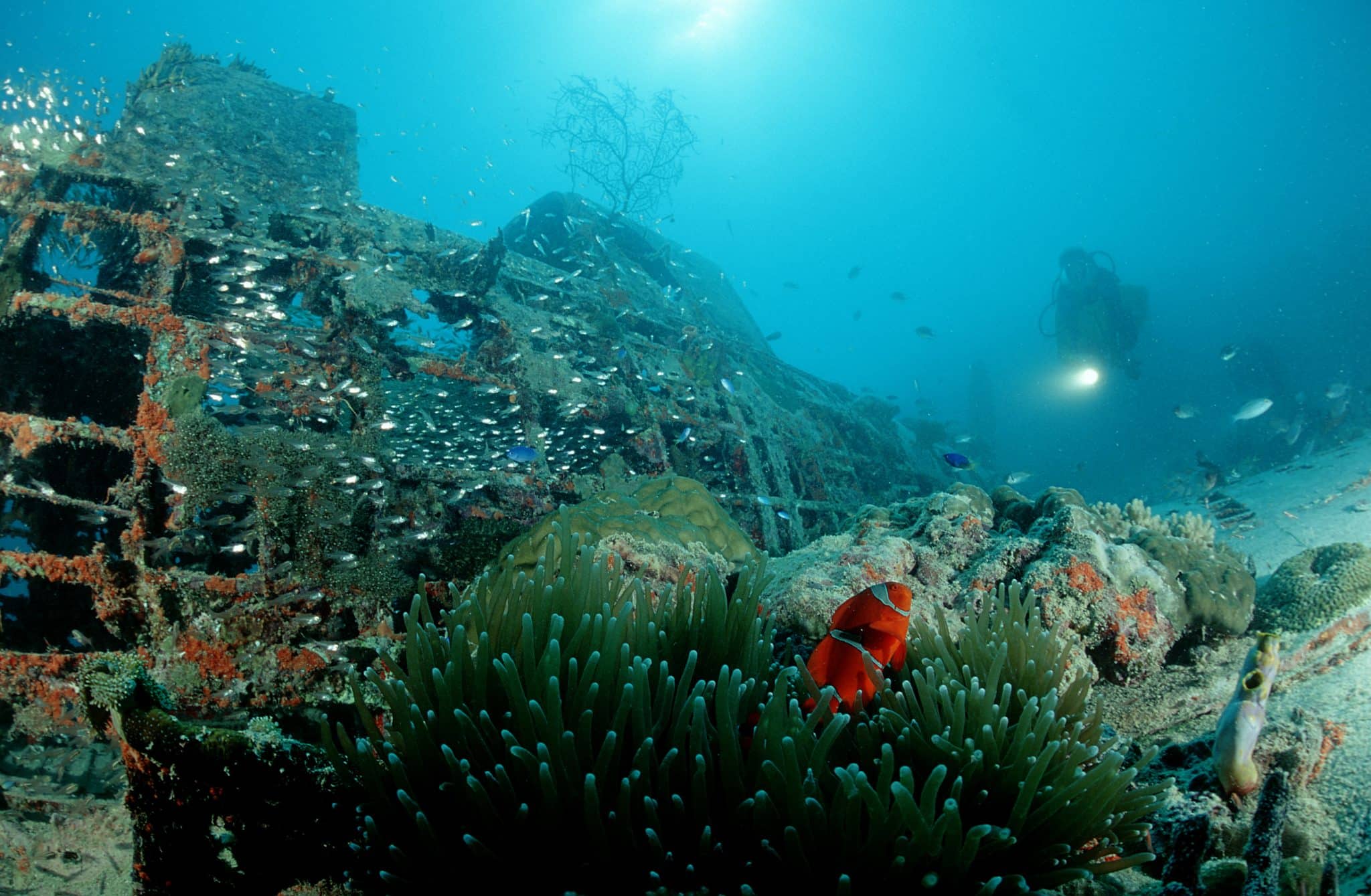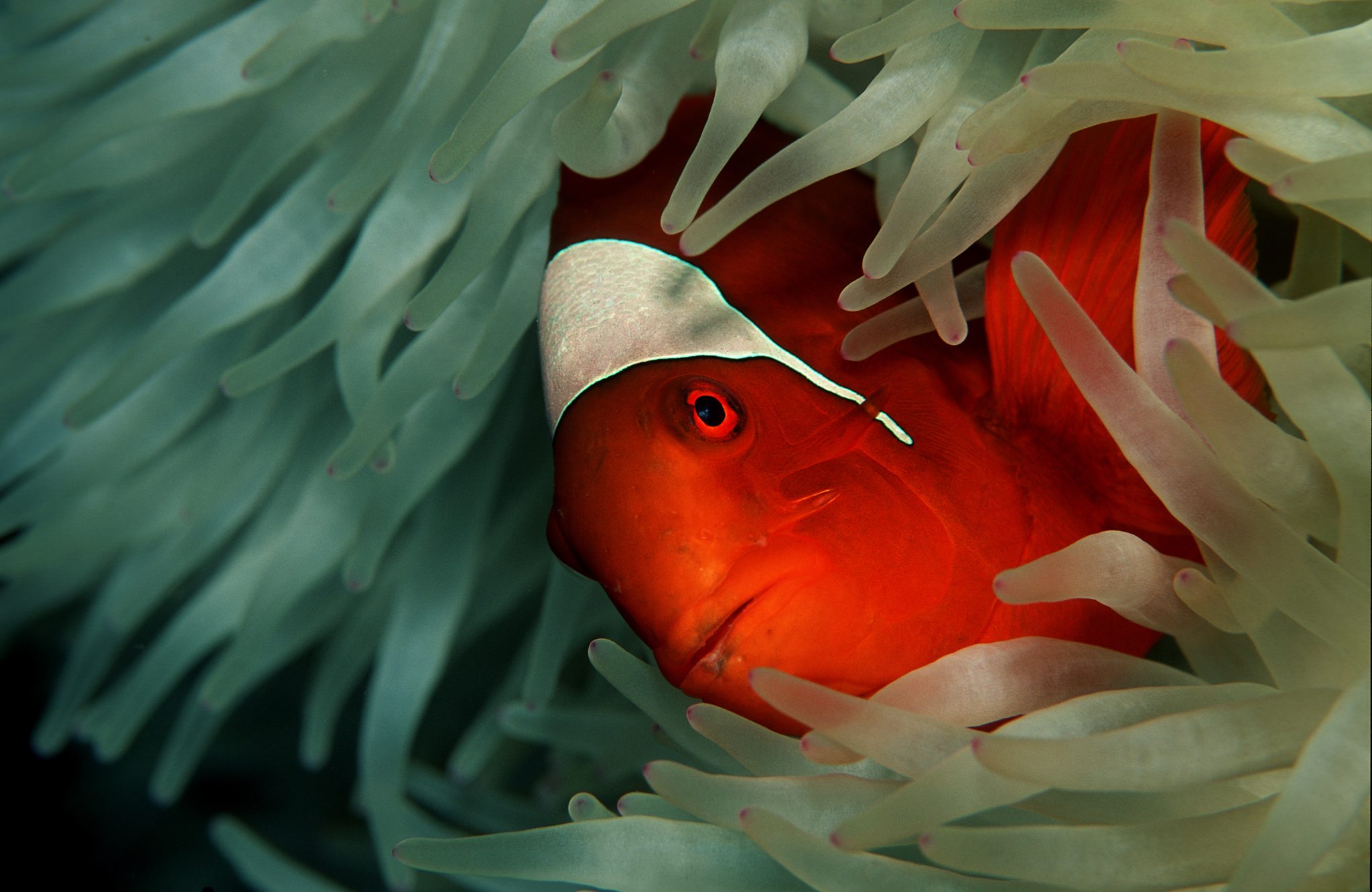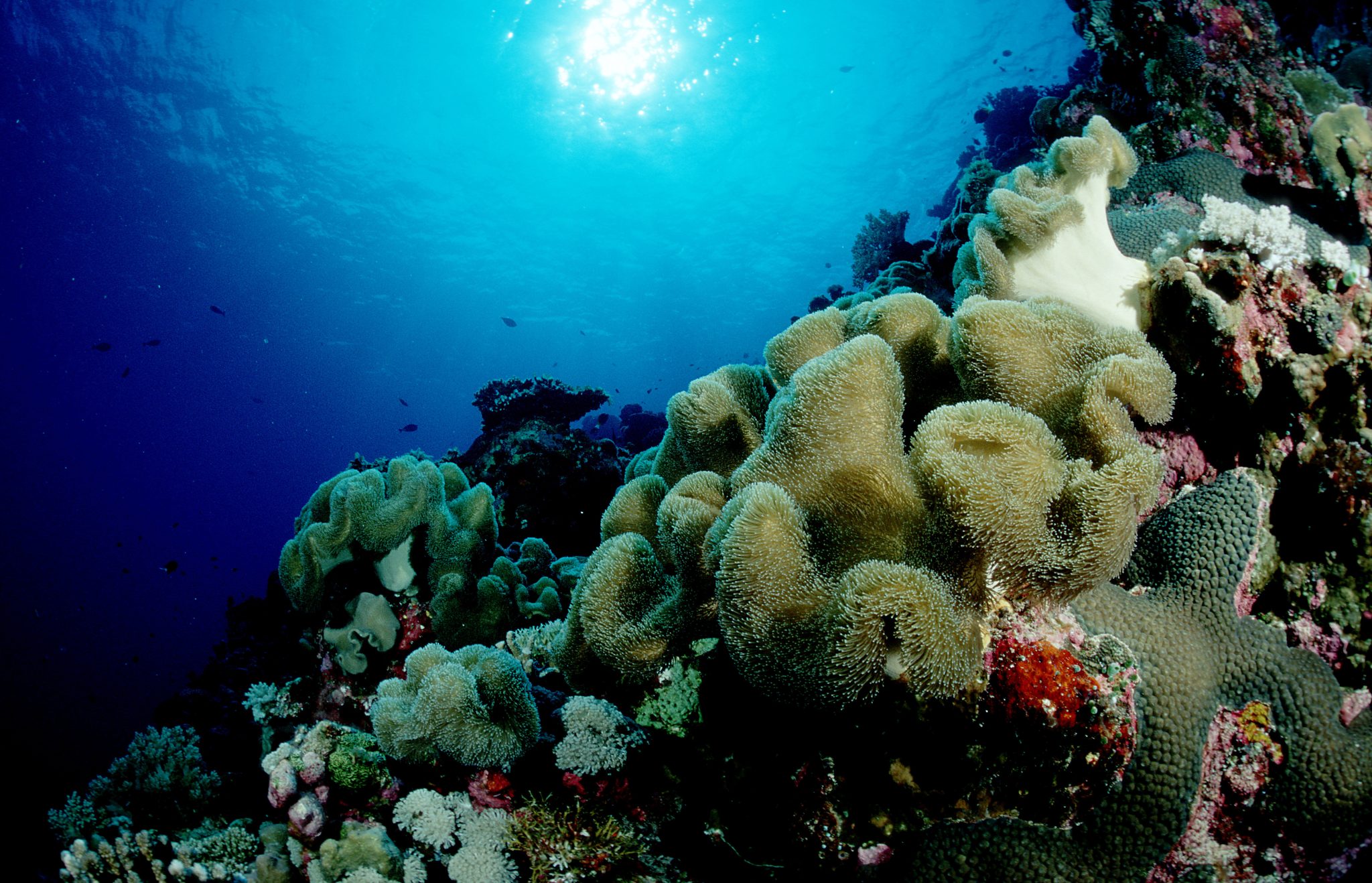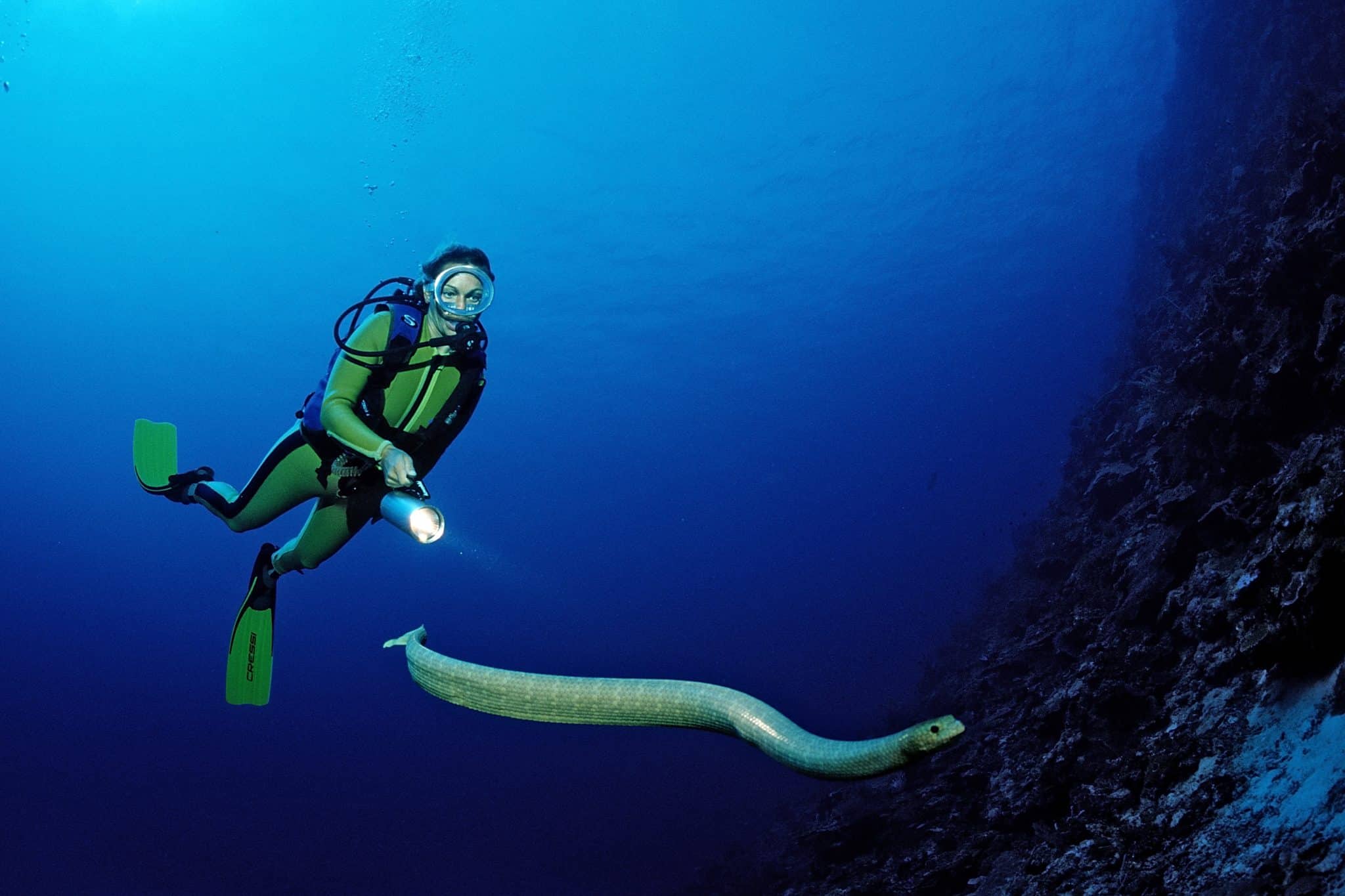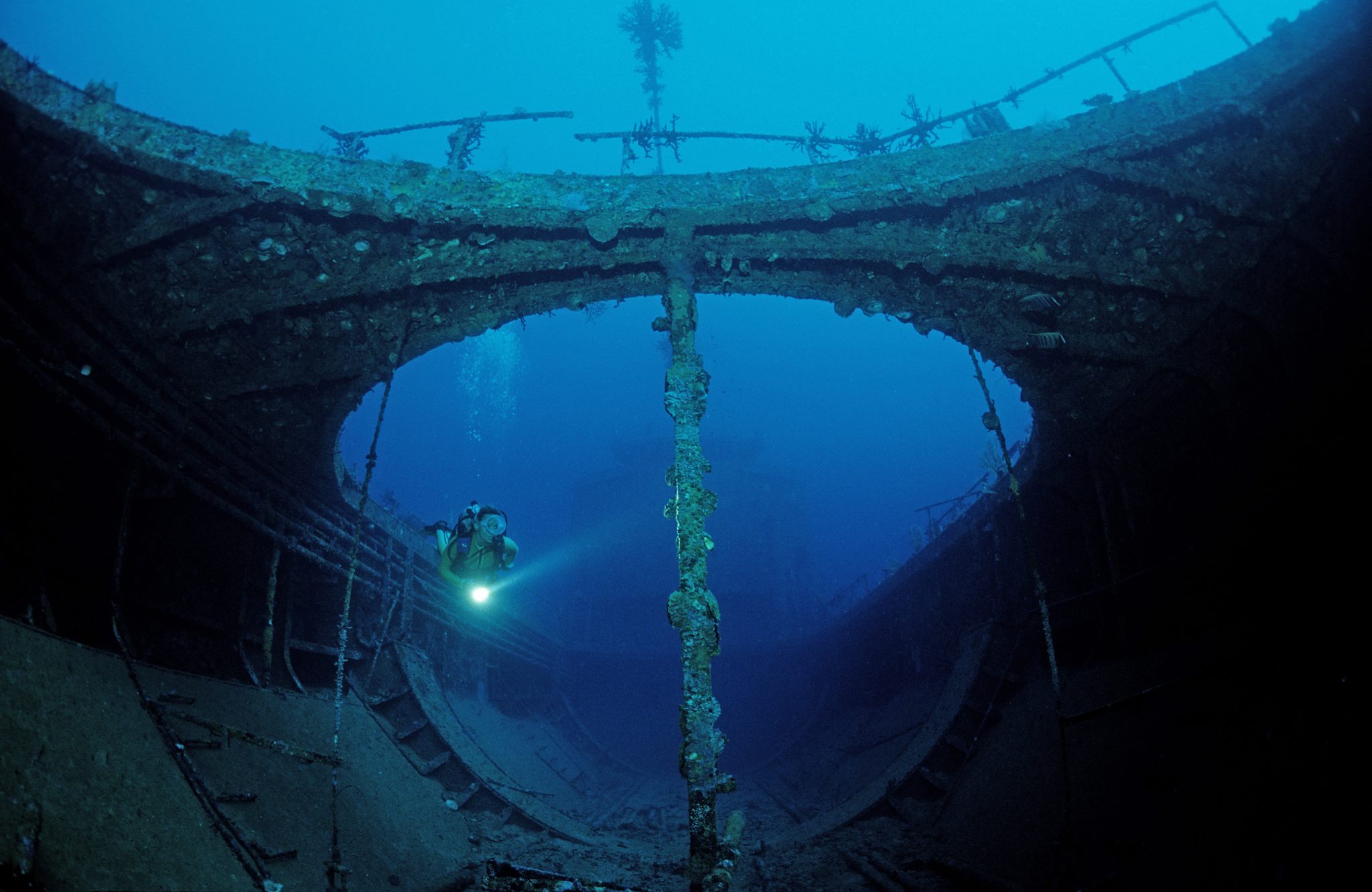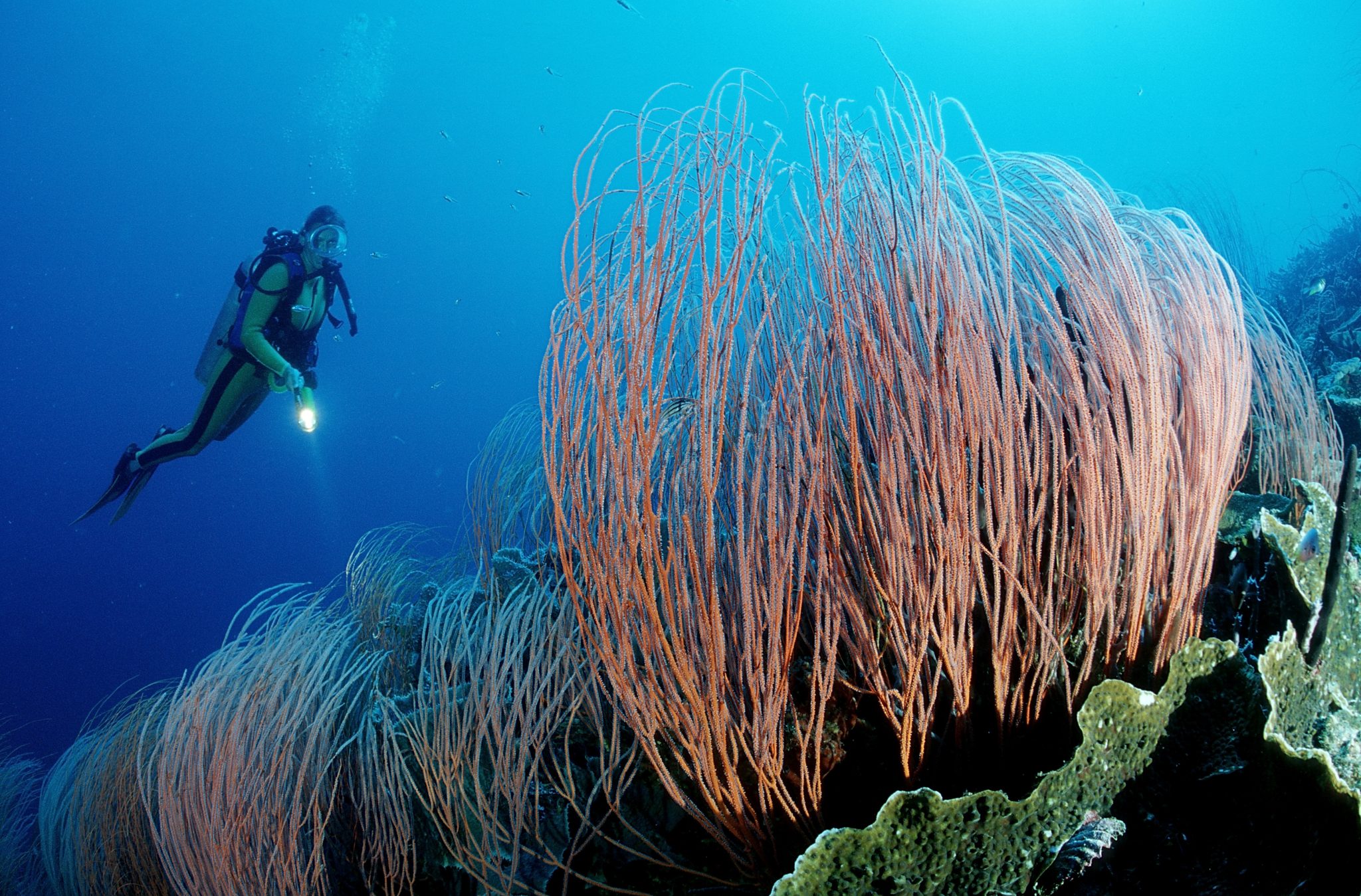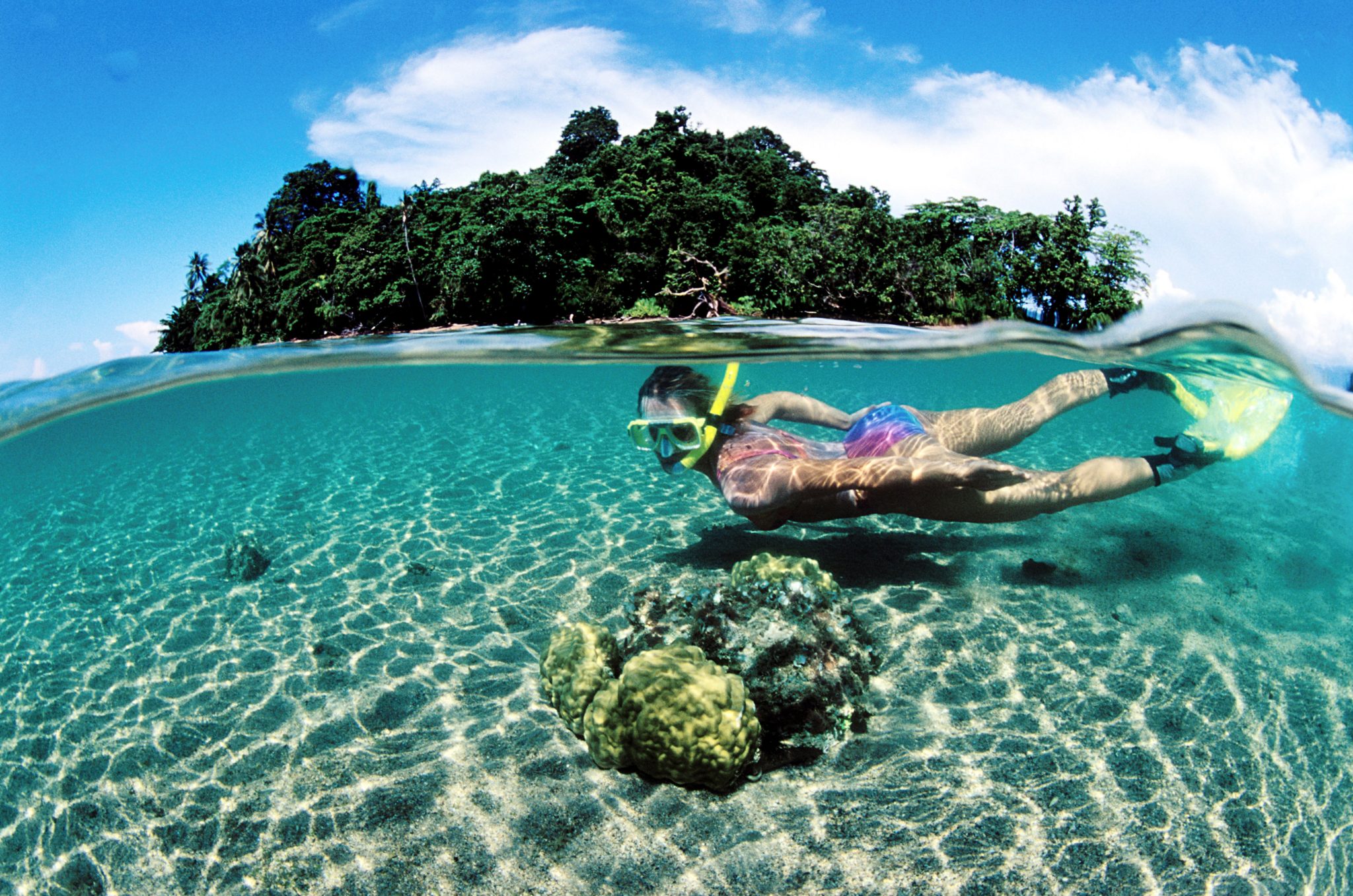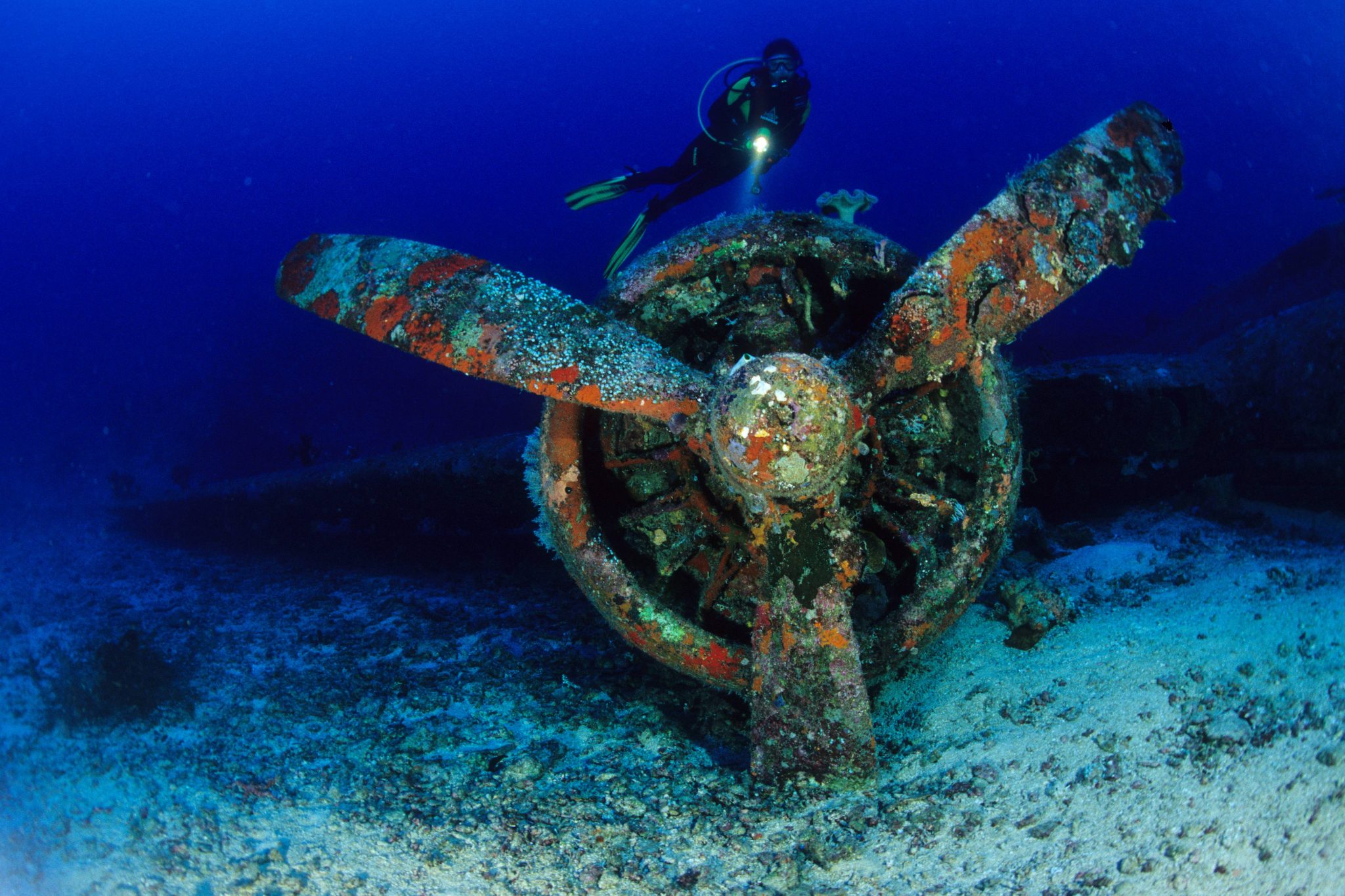

Overview
Fact File
| Capital | Port Moresby |
| Population | 8,600,000 |
| Languages | English, German, Unserdeutsch, Tok Pisin, Hiri Motu |
| Time | GMT+10 |
| International Dialling Code | +675 |
| Currency | Papua New Guinean kina (PGK) |
| Tourist Board | |
| International Airports | Port Moresby International Airport (POM) |
About The Diving
Diving in Papua New Guinea is a dream come true for divers. This tropical paradise is renowned for its exceptional diving opportunities, offering some of the world’s most diverse and pristine marine ecosystems. The country’s extensive coral reefs, located in places like Kimbe Bay, Milne Bay, and the Eastern Fields, are a haven for marine life, showcasing vibrant coral gardens, enormous sponges, and a kaleidoscope of fish species.
What sets Papua New Guinea apart is its remarkable biodiversity – from tiny pygmy seahorses to majestic manta rays and hammerhead sharks, divers can encounter a staggering array of marine creatures. The warm, crystal-clear waters provide excellent visibility, enhancing the diving experience. Additionally, the country’s numerous wrecks, remnants from World War II, add a historical dimension to underwater exploration.
Diving in Papua New Guinea offers a chance to explore unspoiled underwater realms, making it a must-visit destination for divers seeking unparalleled beauty and marine life encounters in the heart of the Coral Triangle.
Dive Highlights
Kimbe Bay – Soft Coral Wonderland
Kimbe Bay is celebrated for its breathtaking soft coral formations, creating a vibrant underwater landscape. Divers encounter a plethora of marine life, including reef sharks and colorful fish, in this thriving ecosystem.
Tufi Dive Sites – Fjords and Wrecks
Tufi’s fjord-like passages and WWII wrecks offer diverse diving experiences. Exploring wrecks and encountering unique marine species amidst stunning coral gardens make Tufi a diver’s paradise.
Milne Bay – Biodiversity Hotspot
Milne Bay’s rich biodiversity includes pelagic species and vibrant coral gardens. Dive sites like “Black Rock” and “Lauadi” provide opportunities to witness an array of marine life, making it a top destination for divers.
Kavieng Diving – Wrecks and Coral Reefs
Kavieng’s mix of WWII wrecks and colorful coral reefs creates an exciting diving environment. Sites like “Echuca Patch” and “Albatross Passage” offer encounters with diverse fish and corals.
Rabaul Wrecks – Volcanic Legacy
Rabaul’s underwater landscape is shaped by volcanic activity. Diving around wrecks like the “Zero Fighter Plane” and unique sites like “The Beehives” provides a glimpse into this region’s geological history.
Eastern Fields – Remote Diving Paradise
The Eastern Fields offer remote and untouched dive sites. With vibrant reefs, pelagic species, and excellent visibility, advanced divers find this area perfect for exploration.
Loloata Island – Convenient Diving
Loloata Island, near Port Moresby, offers accessible diving opportunities. Wrecks like “Pacific Gas” and vibrant reefs provide diverse marine encounters for divers.
Walindi Plantation – Rich Coral Gardens
Walindi Plantation is known for its stunning coral gardens. Dive sites such as “The Fathers Reefs” and “The Joelle” offer encounters with a variety of marine life amidst beautiful coral formations.
Madang’s Underwater Wonders
Madang features a mix of reef dives and wreck explorations. Dive sites like “Magic Passage” and “Kangaroo Reef” showcase the region’s rich marine biodiversity.
Witu Islands – Macro Photography Haven
The Witu Islands are a hidden gem for macro photography enthusiasts. Pristine reefs, walls, and unique critters like pygmy seahorses and nudibranchs make diving here a captivating experience.
When To Go
The best time to go diving in Papua New Guinea is during the dry season, which typically occurs from late April to mid-December. This period offers calm seas, excellent visibility, and comfortable water temperatures, making it ideal for diving.
However, it’s important to note that diving conditions can vary slightly depending on the specific region within Papua New Guinea. For instance, in the Milne Bay area, the dry season from May to November is particularly favorable for diving, with September to November being the peak months. In the Bismarck Sea (including Kimbe Bay, New Britain, and New Ireland), the dry season from June to September provides optimal diving conditions with great visibility.
While the dry season is generally the best time for diving, it’s always recommended to check with local dive operators for specific regional conditions and plan your trip accordingly. Weather patterns and sea conditions can be unpredictable, so it’s wise to be well-informed before embarking on your diving adventure in Papua New Guinea.
Photos: avalon.red

